10 Best Things To Do And See At Stonehenge, England!
I visited Stonehenge on a day tour during our holiday in London and found many things to do and see here. This world famous attraction consists of a circle of enormous standing stones. It is a masterpiece of prehistoric engineering, and was first used as a sacred site over 10,000 years ago. Based on my personal experience, I have compiled a list of 10 things to do at Stonehenge below.

1. Stonehenge Structure
Even though it was a surreal experience for me to finally see Stonehenge, I did not find it to be a super impressive structure, probably due to its current derelict state.
However, after I got a better understanding of its history and structure by reading the various information boards at the site, I gained a deeper appreciation of this Unesco World Heritage Site.
Stonehenge was built over three major phases between 3100 BC and 1600BC (though archaeological evidence shows that this was already a site with ritual significance as far back as 8,000 BC).
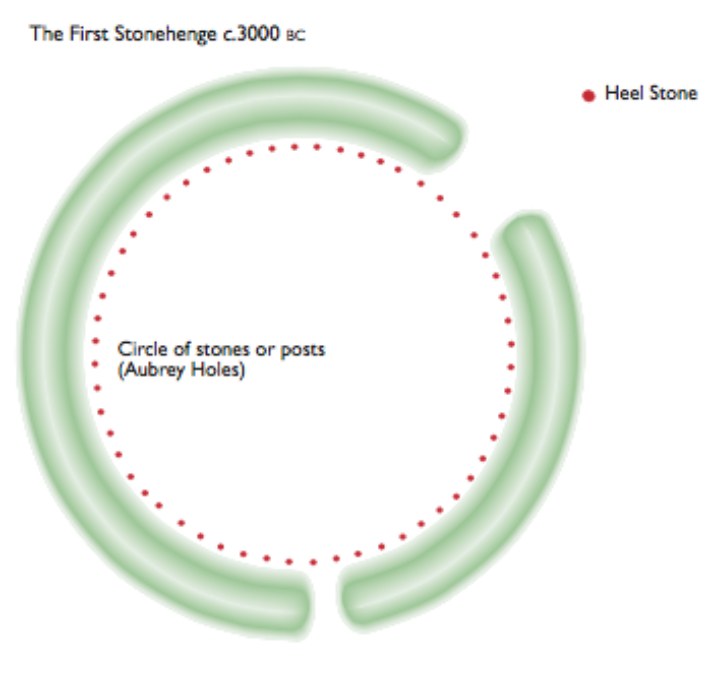
During the first phase in 3100 BC, a large circular ditch was built and animal bones were placed inside, probably as part of prehistoric rituals.
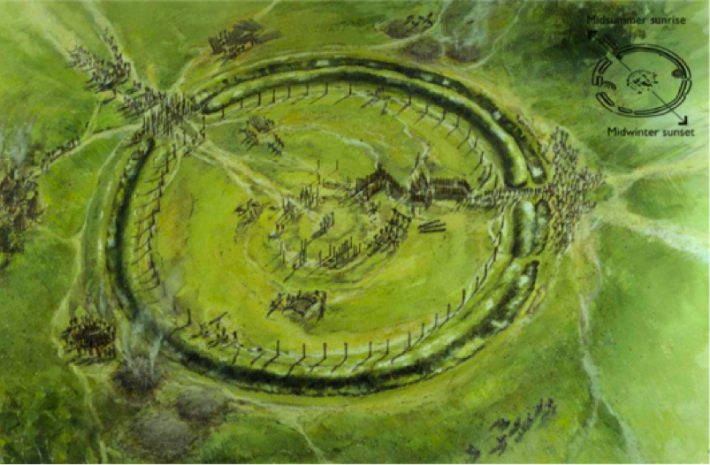
The second phase started from 3,000 BC, when some sort of timber structure was built within the ditch.
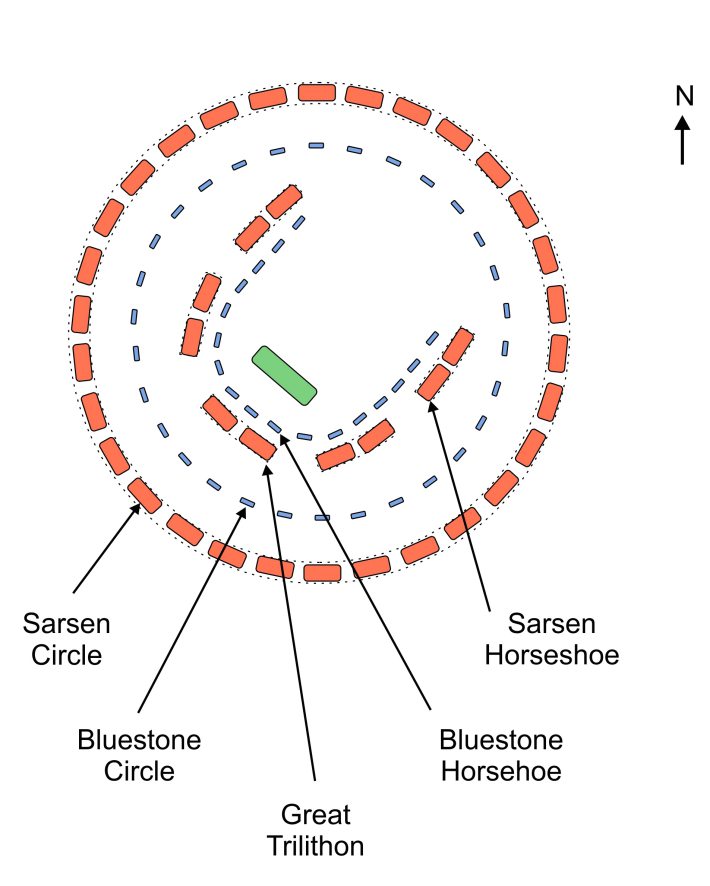
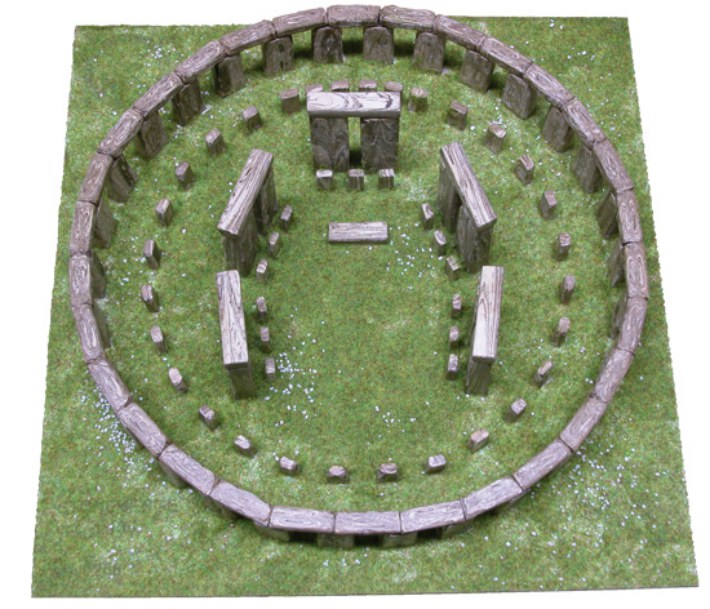

The third phase happened about 400 years later, when the huge stones we see today were raised at the site. Two types of stones were used: “bluestones” and “sarsen stones”.
The sarsen stones were mined from a quarry around 48 km away and moved to the site using wooden rollers. They weighed about 25 tons each!
The smaller bluestones were transported from the Preseli Hills in Wales, which is about 300 km away! They weighed around 4 tons each.
Till today, we still do not know exactly how the prehistoric people managed to transport these heavy bluestones to Stonehenge. One generally accepted theory is that they used both land and water transportation methods.
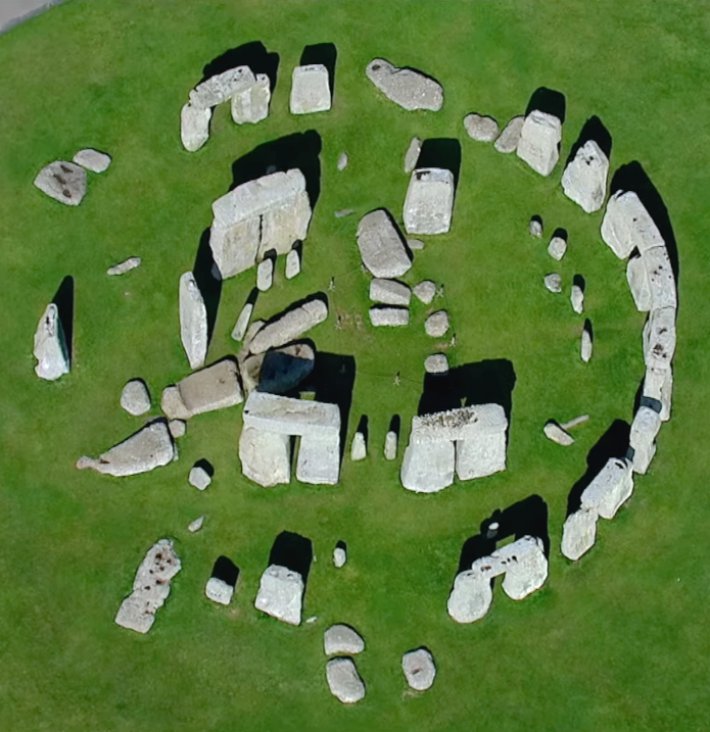
Construction ceased around 1600 BC, and since then some of the stones have been removed from the site, and many have fallen.
2. Walk Around Stonehenge
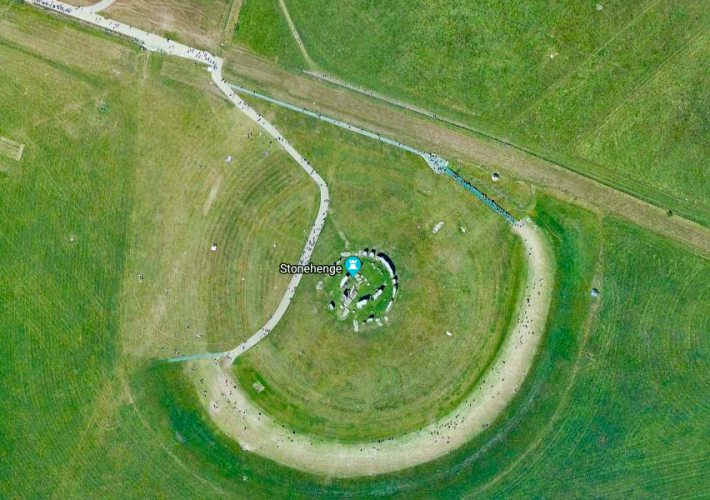
Using the circular path, I walked one complete round around Stonehenge, which gave us 360 degree views of the monument.
Along the way, I saw various other Stonehenge-related attractions. There were also plenty of interesting information boards.
3. Station Stone
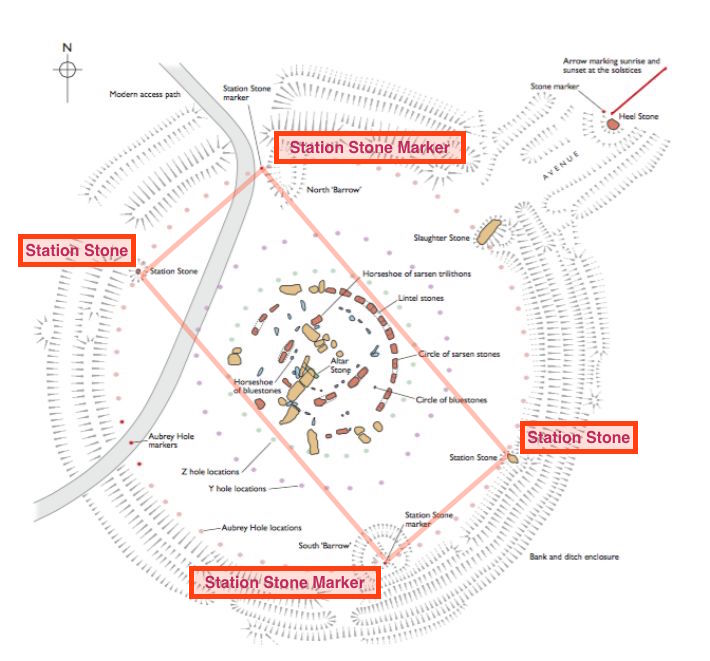
I saw one stone standing alone in the field a small distance away from the main Stonehenge structure.
Reading the information board, I learned that this was actually one of four Station Stones that formed a rectangle surrounding Stonehenge. Only two of the stones remain today.
It is unclear what these stones were used for, but one guess is that they had some kind of relationship with the moon’s movement.
4. Round Barrows
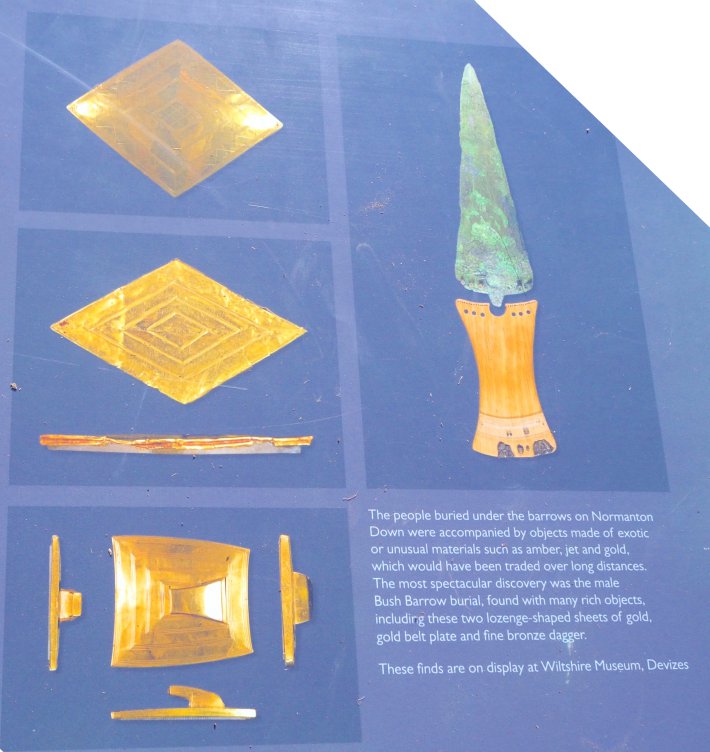
As I walked along the circulate path, I saw plenty of large mounds in the surrounding fields. These are actually burial sites called Round Barrows.
It was a little eerie to discover that I was actually walking around a huge graveyard.
The Round Barrows were built between about 2300 and 1600 BC, after Stonehenge was constructed. Some examples are the Normanton Down Barrows, Cursus Barrows, King Barrow Ridge Barrows, etc.
The Normanton Down Barrows contained some of the richest known burials, called “Wessex Burials”.
Some of the objects found in the Normanton Down Barrows included sheets of gold, a gold belt plate, and a fine bronze dagger. These finds are on display at the Wiltshire Museum.
Therefore, the people buried under these round barrows were probably people with high social statuses.
5. Heel Stone
Towards the end of the path, we saw the iconic Heel Stone. This huge block of sarsen stone is 4.7 metres tall and weighs around 35 tons. Together with the Avenue and Stonehenge, it is aligned with the summer solstice sunrise and winter solstice sunset.
I saw arrows on the ground indicating the directions of the midwinter sunset and midsummer sunrise.
6. Slaughter Stone
The Slaughter Stone is a large sarsen stone that lies flat on the ground. It is located between Stonehenge and the Heel Stone.
It is so named because rainwater would become red when they were deposited in the many hollows and bumps on the stone surface.
Therefore, people initially thought that these holes were used by prehistoric people to collect blood from ritual sacrifices.
However, it was eventually discovered that the red colouration is due to a chemical reaction between rainwater and iron minerals in the stone.
7. Avenue
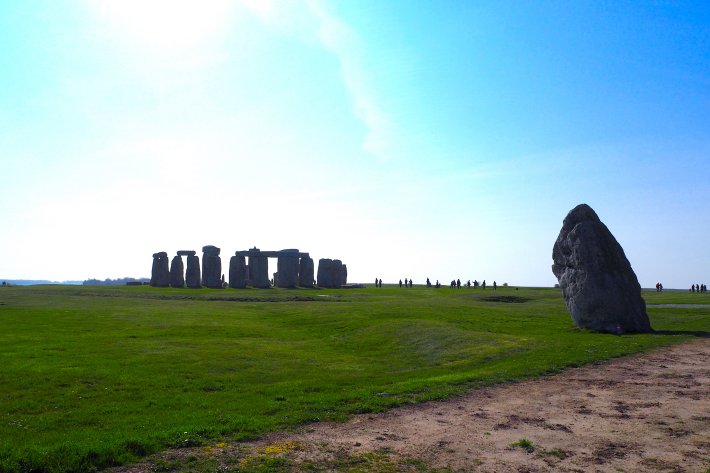
The Avenue was a three kilometre route that connected Stonehenge and the River Avon. It was built in around 2300 BC, but much of it has been ploughed flat today.
The Avenue, Heel Stone, and Stonehenge are aligned with the midwinter sunset (shortest day of the year) and the midsummer sunrise (longest day of the year).
8. Explore the Surrounding Fields
If you have time, you can spend some time exploring the surrounding fields. I learned from the information boards that these fields belong to the National Trust England, which means that it is accessible to the public.
There are various Stonehenge-related monuments in the fields, such as the many large burial mounds.
9. Download The Free Audio Guide
Before going to Stonehenge, make sure you download the free audio guide from Apple App Store or Google Play store.
10. Stonehenge Inner Circle
During normal opening hours, the Stonehenge is enclosed by a low rope barrier, and the nearest that you can get to the monument is about 9 metres. This is to prevent further damage to the stones.
However, it is possible to visit the inner circle of stones on a special tour. The fee is £45 for adults, and the tours are only held outside of usual opening hours.
These tours are extremely popular and you will have to book a few months in advance. You can click here for more details.
Getting to Stonehenge
I do not recommend taking public transport to Stonehenge because it will be quite a long and expensive journey.
This is because there is no train or bus that goes directly to Stonehenge; you will have to change to a “Stonehenge Tour Bus” at Salisbury Station.
A better way would be take a guided tour. Compared to public transport, a guided tour is significantly more comfortable, efficient and affordable. I visited Stonehenge on a day trip with Evan Evans Tours.
For more details, you can check out my article on how to get to Stonehenge from London.

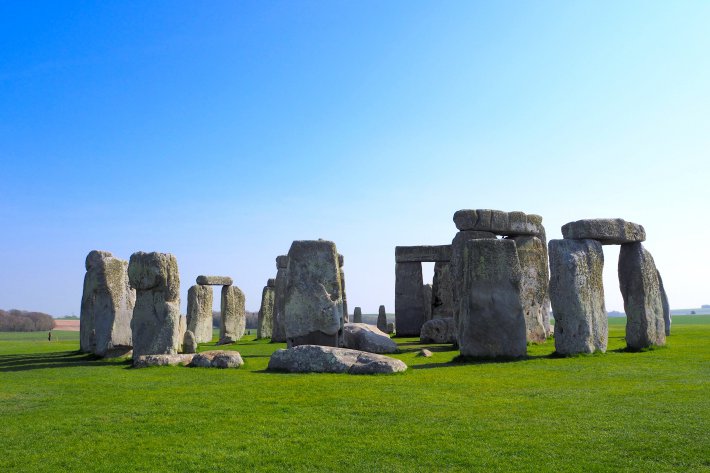

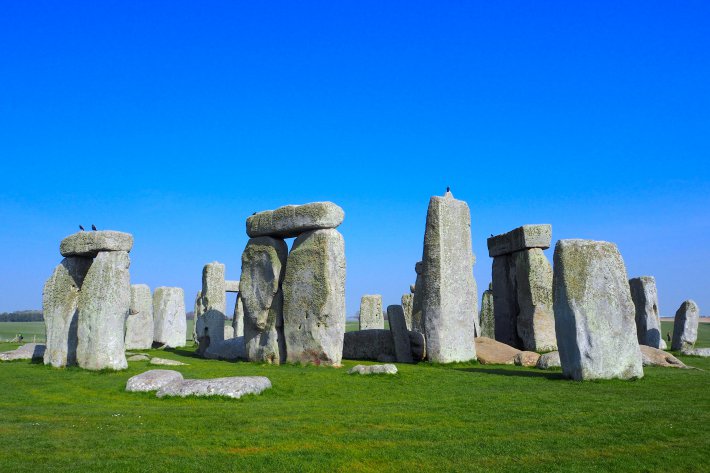
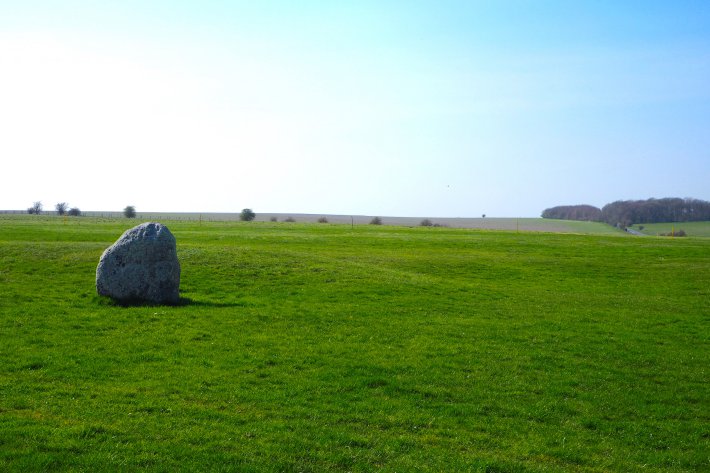
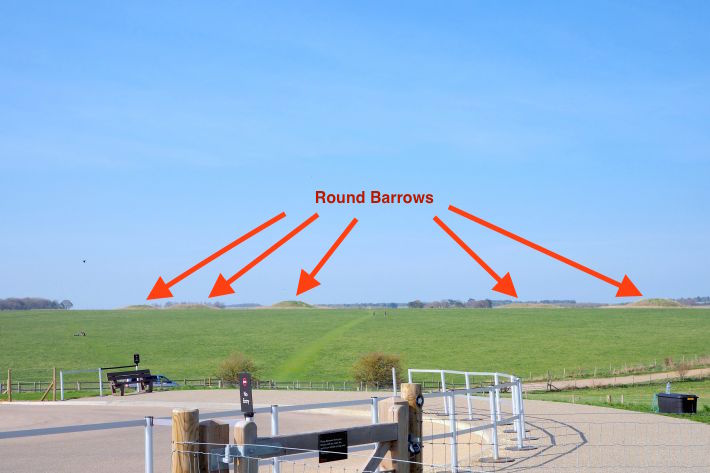
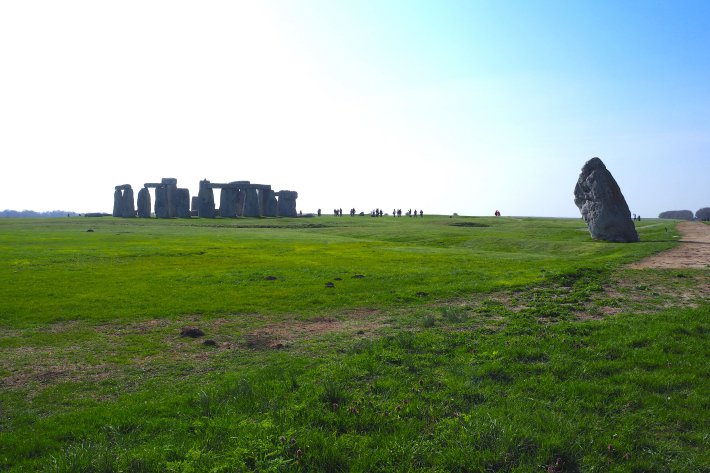
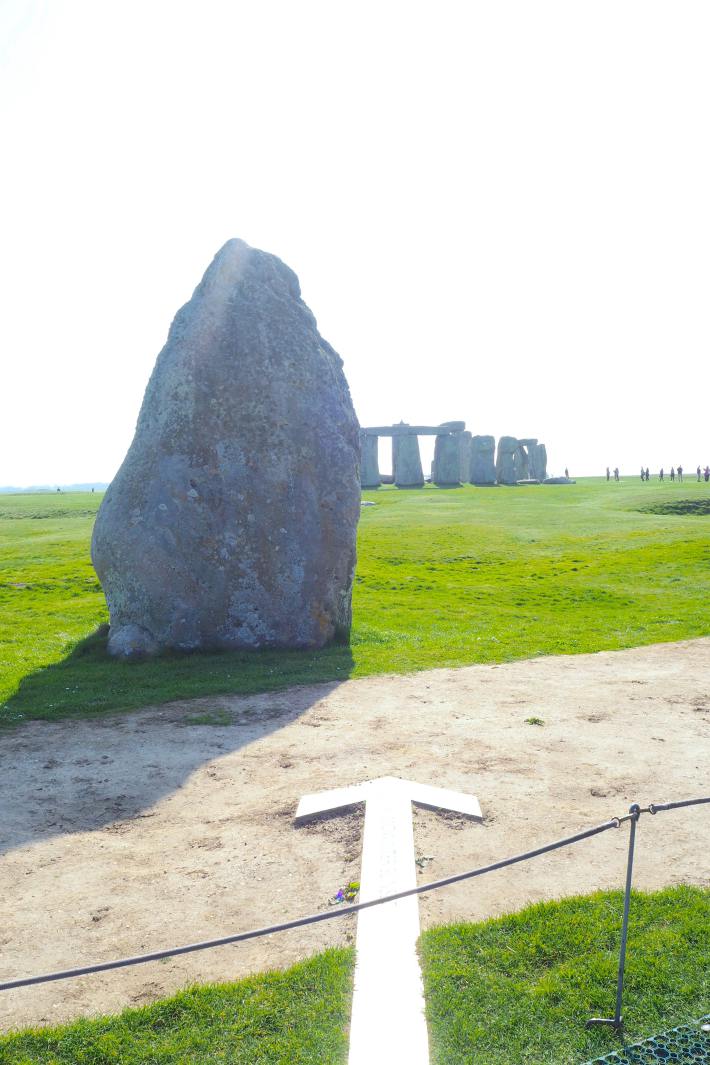
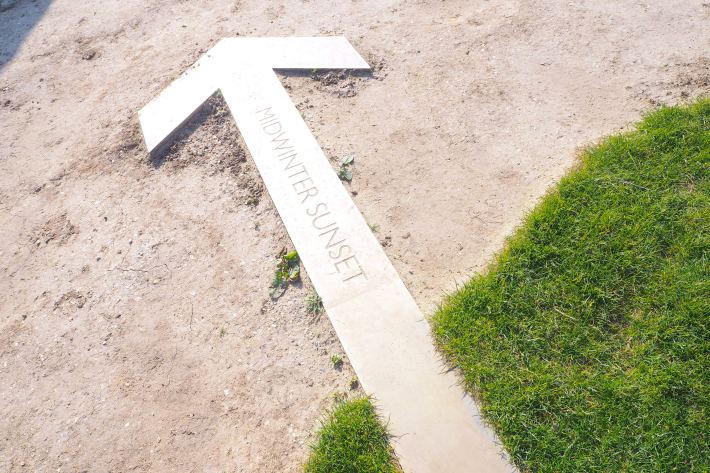
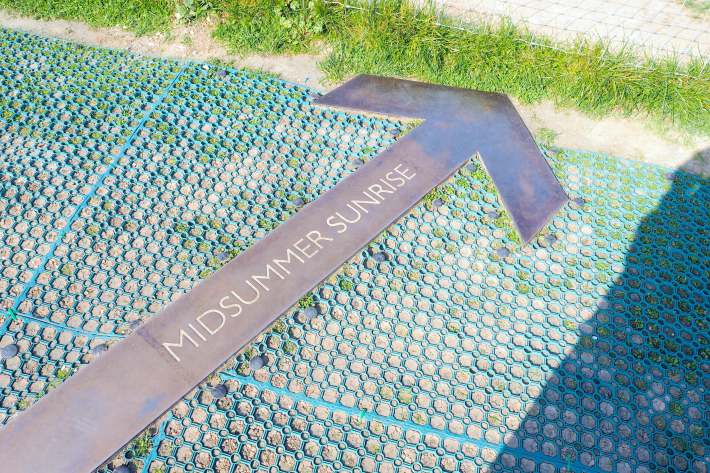
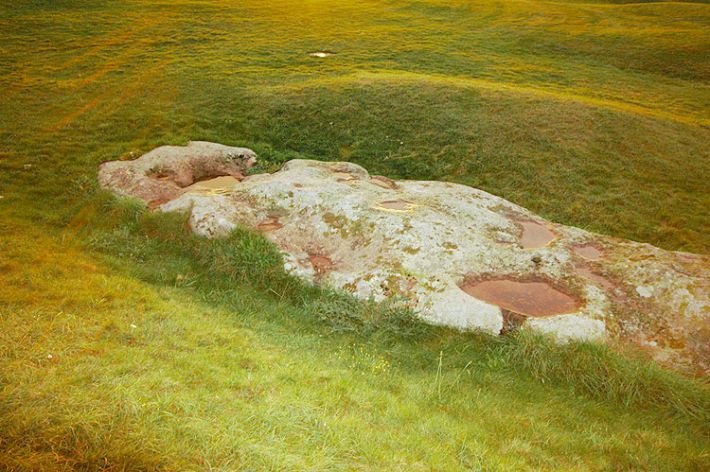
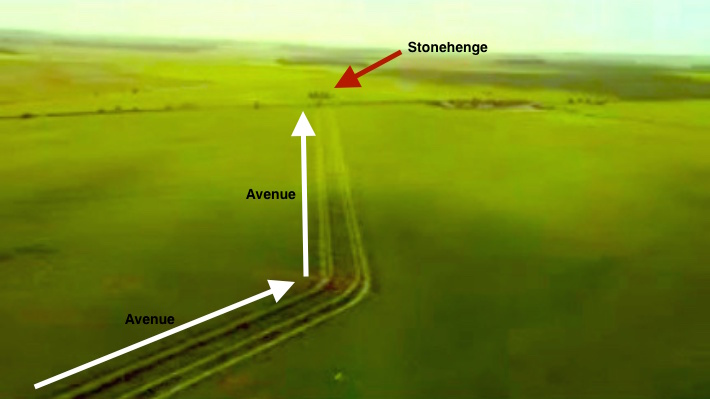
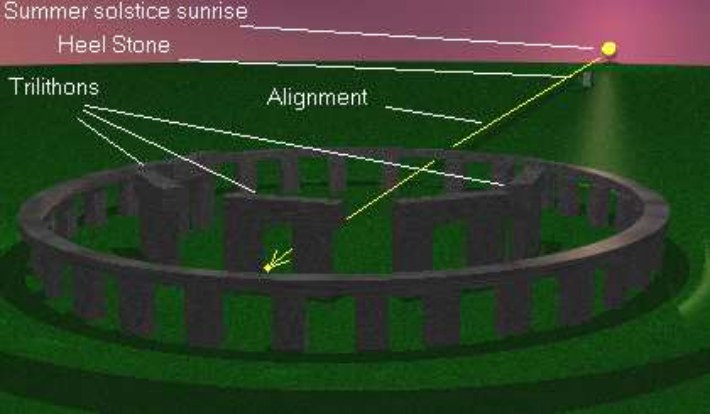
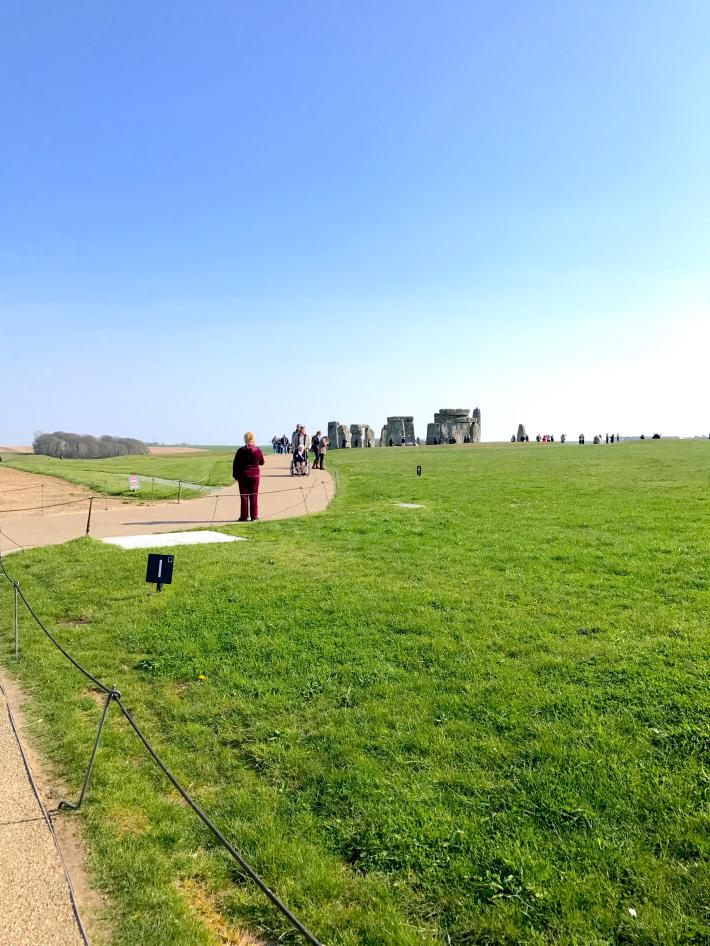
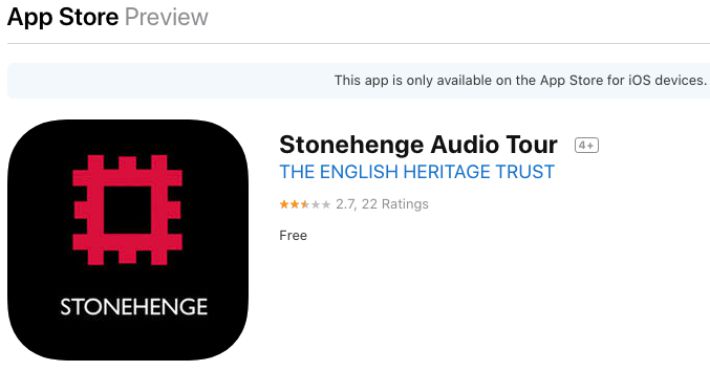
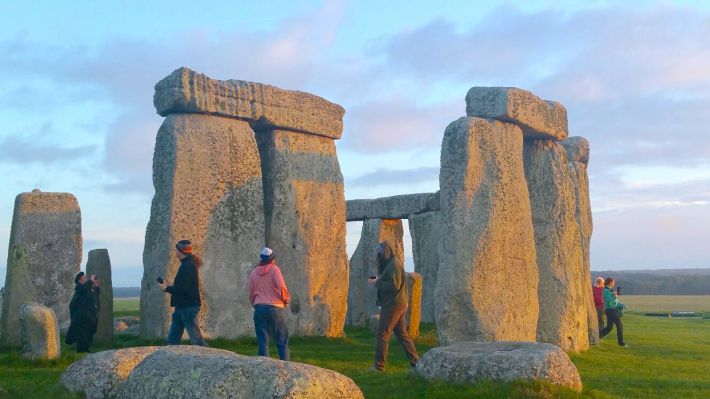

2 Comments and Questions
Very informative post; I appreciated all the details and images.
Thanks Christine!